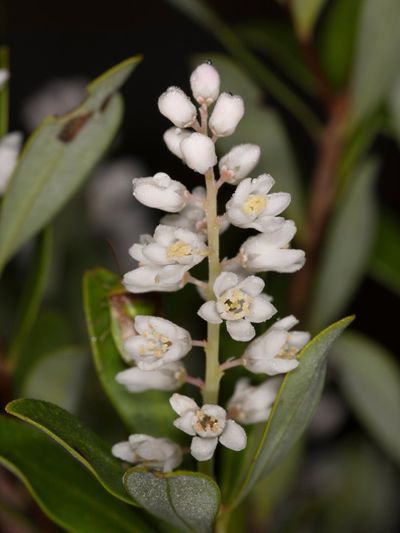Swamp titi is native to the warm, tropical climates of the southeastern United States, as well as parts of Mexico and South America. Although bees love swamp titi’s fragrant, nectar-rich blooms, bees and swamp titi aren’t always a good combination. In some areas, the nectar causes a condition known as purple brood, which is toxic to bees. Read on for more summer titi information and learn about titi purple brood.
About Bees and Swamp Titi
Summer titi’s fragrant blooms are attractive to honeybees, but the plant is associated with purple brood, a condition that can be fatal to larvae that eat the nectar or honey. Purple brood can also affect adult bees and pupae. The disorder is so named because the affected larvae turn blue or purple instead of white. Fortunately, purple brood isn’t widespread, but it is considered a serious problem for beekeepers in certain areas, including South Carolina, Mississippi, Georgia, and Florida. Although it isn’t as common, titi purple brood has been found in other areas, including southwest Texas. Florida Cooperative Extension Office advises beekeepers to keep bees away from areas where large stands of swamp titi are in bloom, typically in May and June. Beekeepers can also provide bees with a sugar syrup, which will dilute the effect of the toxic nectar. Generally, beekeepers in the region are familiar with purple brood, and they know when and where it is likely to occur. If you aren’t sure if it’s safe to keep bees, or if you’re new to the area, contact a beekeeper’s group, or ask your local cooperative extension office for summer titi information. Experienced beekeepers are usually happy to offer advice.
